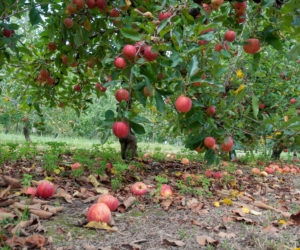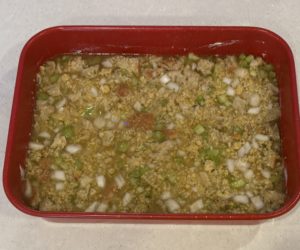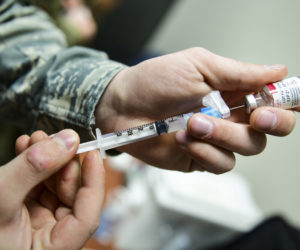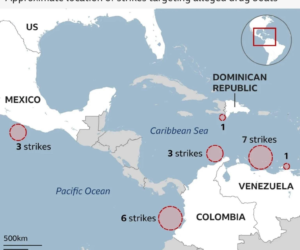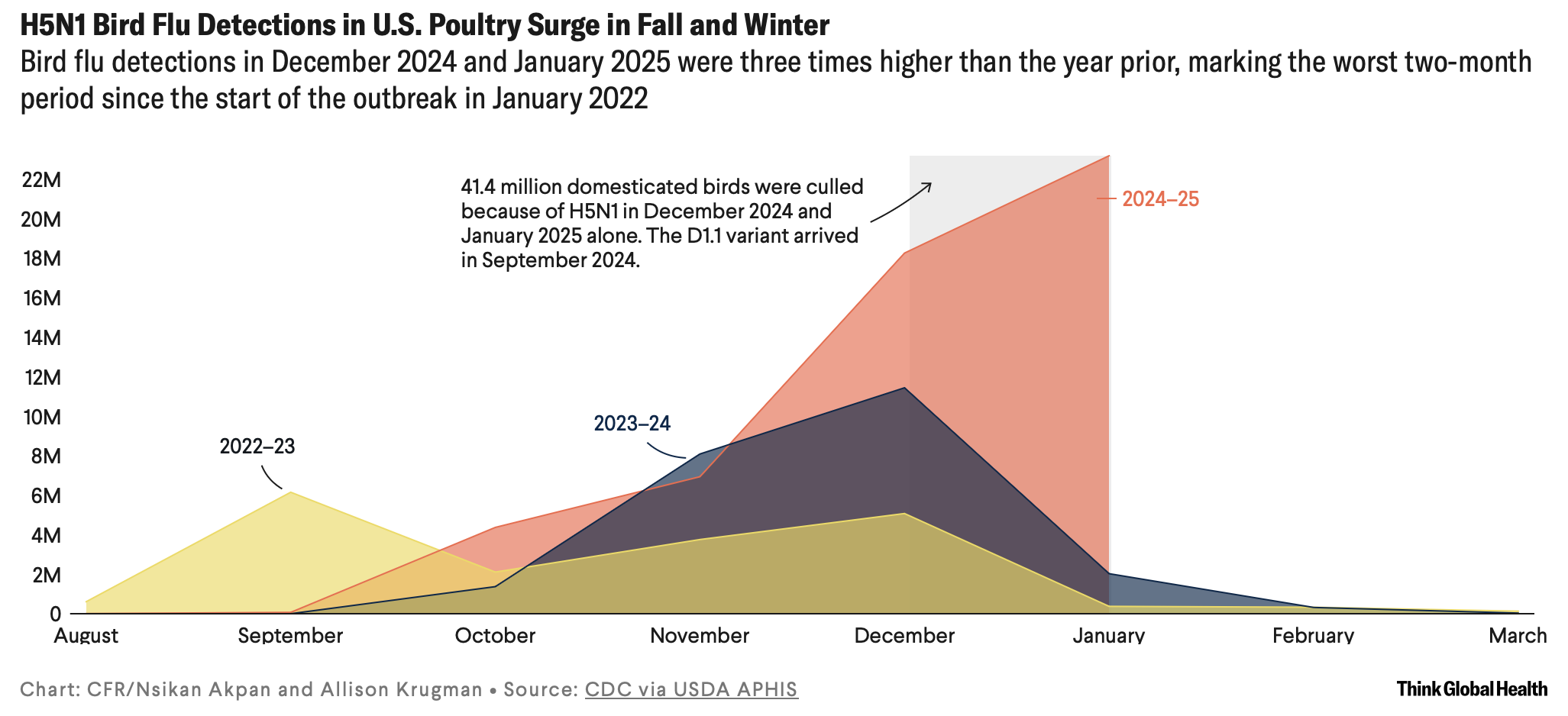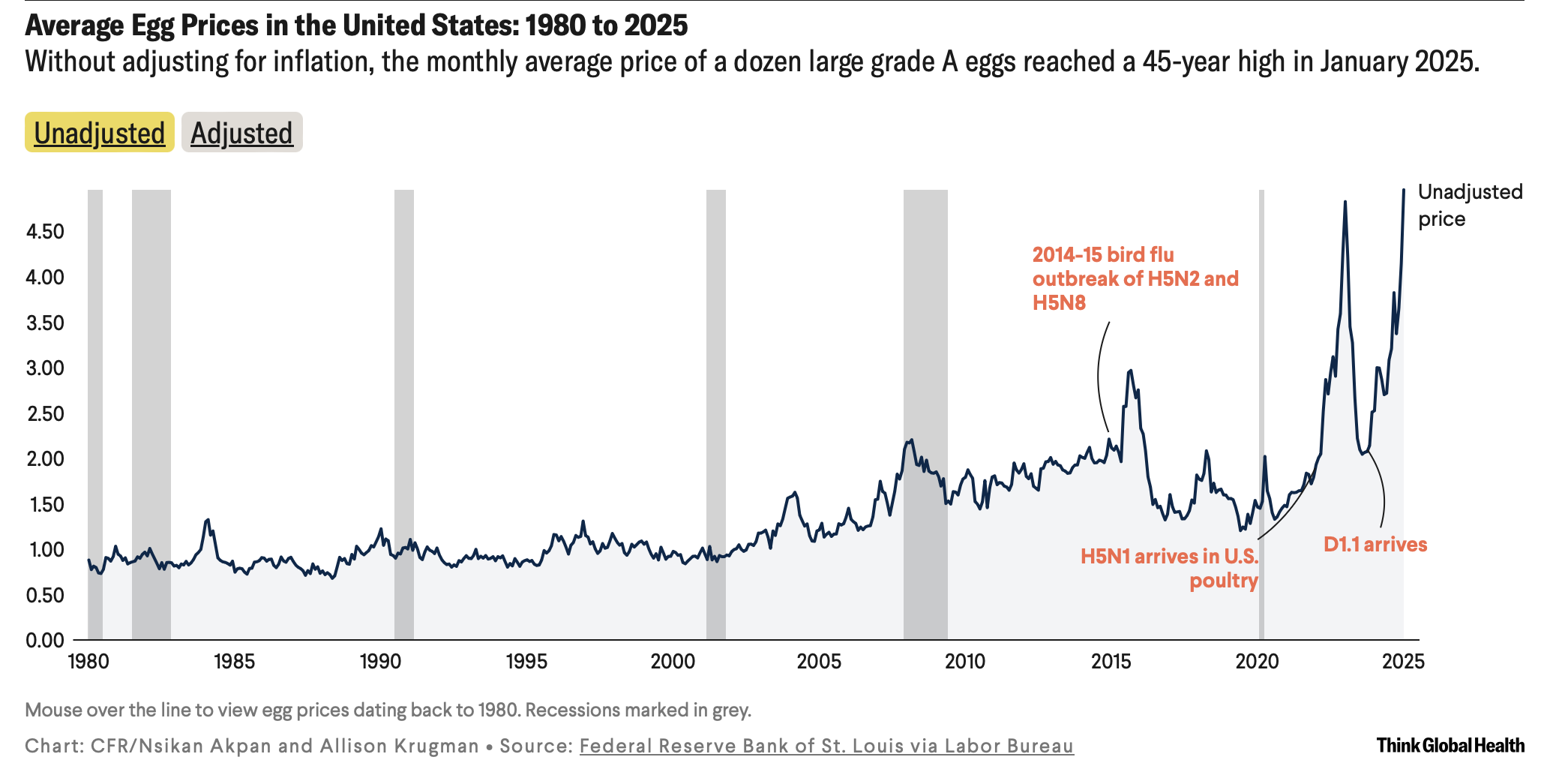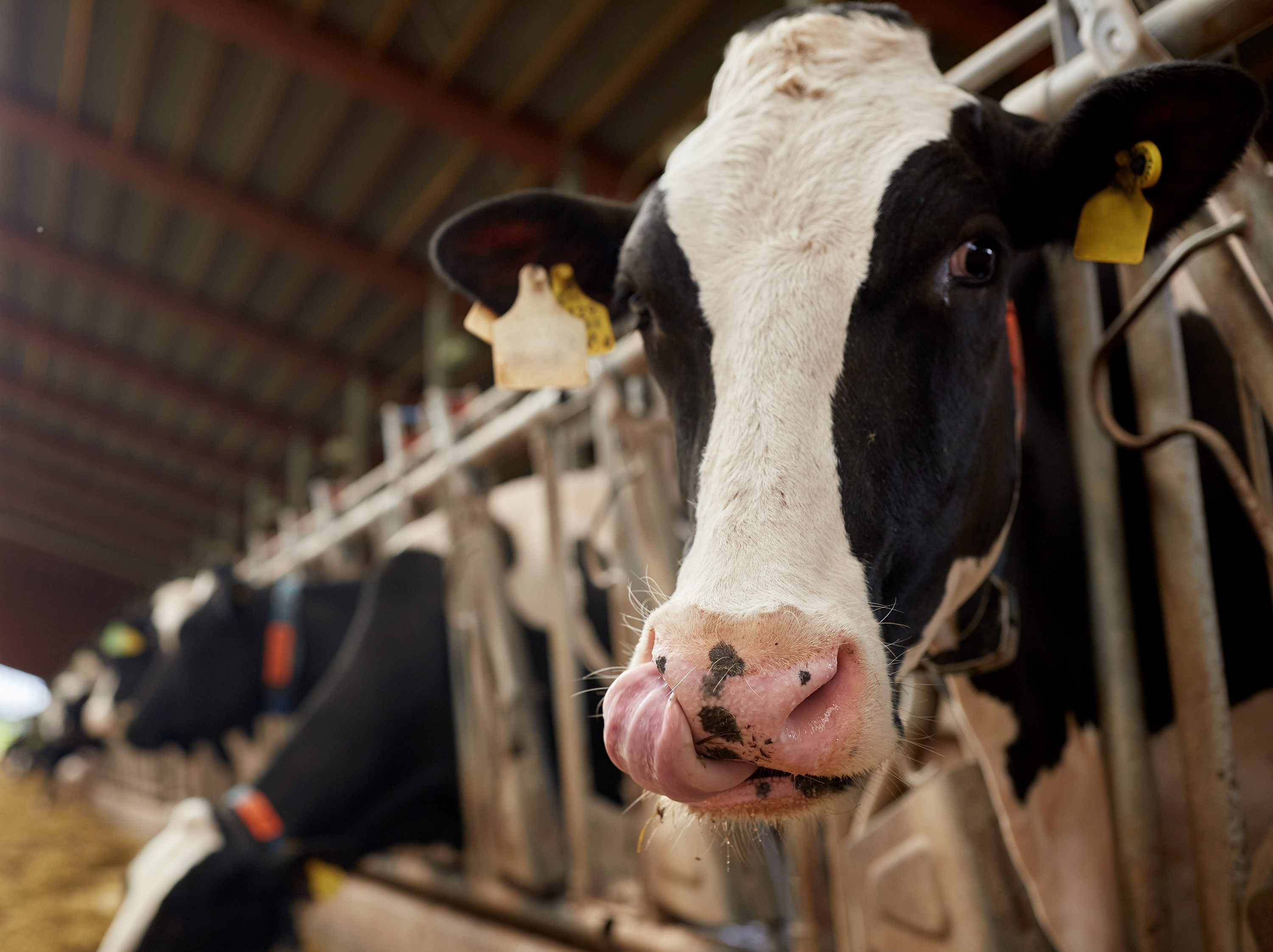
This week, Nevada reported the state’s first human case of avian flu (H5N1); the affected worker was in contact with infected dairy cows. It was the first known infection that carried the variant that recently killed a Louisiana man, who had a backyard flock. This sub-type (D1.1 genotype) is currently the dominant strain in wild birds.
Although we call it “bird flu” due to its origin in wild birds, the virus has spread to mammals.
Ohio also reported its first case of H5N1 bird flu this week; the affected worker was exposed to infected poultry. Arizona reported its first case of H5N1 on a dairy farm.
Anyone who works with birds, cows and poultry is at a greater risk than the general public. That includes veterinarians.
The CDC released research this week that found three veterinarians infected with the H5N1 virus; two had worked with cattle in states with no reported outbreak in cattle.
None of the practitioners with positive serology results reported respiratory or influenza-like symptoms, including conjunctivitis nor had any received testing for influenza since January 2024.
Slightly more than half (82) of the 150 participants practiced in states where dairy cow cases have been confirmed; 25 “had worked with dairy cattle with known or suspected” H5N1 infection.
The new study is more evidence that the official U.S. tally of confirmed human bird flu infections — 68 in the last year — is likely a significant undercount, said Dr. Gregory Gray, an infectious disease researcher at the University of Texas Medical Branch in Galveston.
The general public should avoid consuming raw milk, especially in the affected states: Arizona, California, Colorado, Idaho, Iowa, Kansas, Michigan, Minnesota, Nevada, New Mexico, North Carolina, Ohio, Oklahoma, South Dakota, Texas, Utah and Wyoming. At this writing, 962 dairy herds have tested positive for the virus. The H5N1 virus jumped from birds to dairy in early 2024.
As far as the pocketbook impacts of H5N1, the average cost of large grade A eggs, at $4.95 a dozen, is the highest nominal price in 45 years. The January 2023 high, at $4.82, would be $5.12 in January 2025 dollars.
“The highly pathogenic H5N1 virus was first identified in domestic geese in southern China” in 1996. In late 2020, the virus became “highly infectious” and “spread from Central Asia to East Asia, Europe, the Middle East, and Africa.” And then to Canada and the United States.
In 2000, it appeared specifically in laying hens. When a hen is infected, the entire flock must be killed (“culled”). Since early 2022, farmers have killed a record 159,307,978 birds across all 50 states and Puerto Rico. In December and January, farmers slaughtered a quarter of those: 41,423,000.
It has now been detected in broilers (young chickens raised for meat), ducks and turkeys as well as cats of all sizes and pigs.
According to The Economist, USDA “has already spent over $2bn trying to contain the outbreak.” Farmers are compensated when they kill flocks assuming they implement biosecurity practices.
Yes there is a vaccine for chickens. Countries, including the U.S., are reluctant to import vaccinated chickens. Mexico vaccinates; the U.S. does not. Nor do we vaccinate farm workers, many who may be undocumented immigrants.
Given that the human version of the disease is mild, and the total number of cases unknown, there is no push for vaccination. However, we are letting the virus mutate willy nilly as a result.
As a reminder of the deathly impact of “the flu,” currently flu deaths are outpacing COVID fatalities. Flu deaths made up 2.6% of all deaths for the most recent week, compared to 1.5% for COVID.
Known for gnawing at complex questions like a terrier with a bone. Digital evangelist, writer, teacher. Transplanted Southerner; teach newbies to ride motorcycles. @kegill (Twitter and Mastodon.social); wiredpen.com




